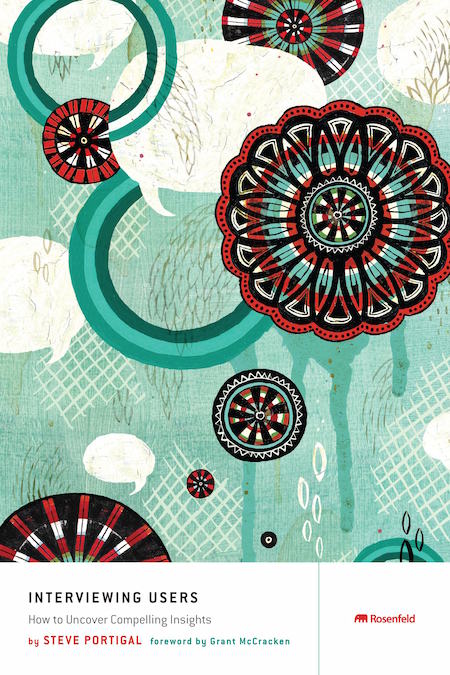
I’m curious, but I don’t know what I’m curious about yet.
The most interesting thing about interviewing customers or users — having a conversation with the learner’s mindset — is this balance between wanting to test a hypothesis and build what people want, and leaving space to be surprised or learn. Portigal explains it in this way:
Of course, I’m informed by my own experiences, my suspicions, and what my clients have told me, but I approach the interviews with a sense of what I can only call a bland curiosity. As the researcher, it’s my responsibility to find out what’s going on; I’m not invested in a particular outcome. Even more (and this is where the blandness comes from), I’m not fully invested in a specific set of answers. Sure, we’ve got specific things we want to learn — questions we have to answer in order to fulfil our brief. But my hunger to learn from my participant is broad, not specific. I’m curious, but I don’t know yet what I’m curious about. my own expectations are muted, blunted, and distributed. Although I will absolutely find the information I’m tasked with uncovering, I also bring a general curiosity.
Interviewing Users: How to Uncover Compelling Insights by Steve Portigal
If you’re interested in learning from your customers or users, I’d recommend, Portigal’s list of 17 different kinds of open, non-leading, useful interview questions.
—
Portigal shares a tough interviewing moment — where the interviewee did not inform his parents that interviewers were visiting, and were in the middle of a silent argument. Portigal perseveres through the social tension by acknowledging his own discomfort, setting it aside, and continuing to build trust… one question at a time.
I didn’t try to solve the big problem of the complex dynamic we had walked into; I just focused (especially at first) on the next problem — the immediate challenge of what to say next. I was certainly keeping the larger goals in mind of how to cover all the areas we were interested in, but I was focusing my energy as an interviewer on the next point. And by working at it in small pieces, bit by bit, the dynamic shifted. As interviewers we had to compartmentalise the social experience of the event — the extreme discomfort and awkwardness of the early part fo the interview — and stick to our jobs.
Interviewing is 80% listening, 20% being curious. Portigal urges us to “listen by asking questions.” I love this passage because it reminds me that what’s in my head and what my conversation partner hears is two very different things — I know why I’m asking a question, but they don’t, so often those questions can feel confusing or out of context. Acknowledge where your questions are coming from and where you’d like to go next, and your partner will be able to be comfortable!
In addition to demonstrating listening by what you don’t say, you can also demonstrate that you are listening by what you do say. The questions you ask are signifiers that you are listening. Try to construct each question as a follow-up to a previous answer. If you are following up on something other than what the participant just said, indicate where your question comes from. For example, “earlier, you told us that…” or “I want to go back to something else you said…” not only does this help the person know that you’re looping back, it also indicates that you are really paying attention to what they are telling you, that you remember it, that you are interested. If you are going to change topics, just signal your transitions: “Great. Now I’d like to move to a totally different topic.”
Interviewing Users: How to Uncover Compelling Insights by Steve Portigal